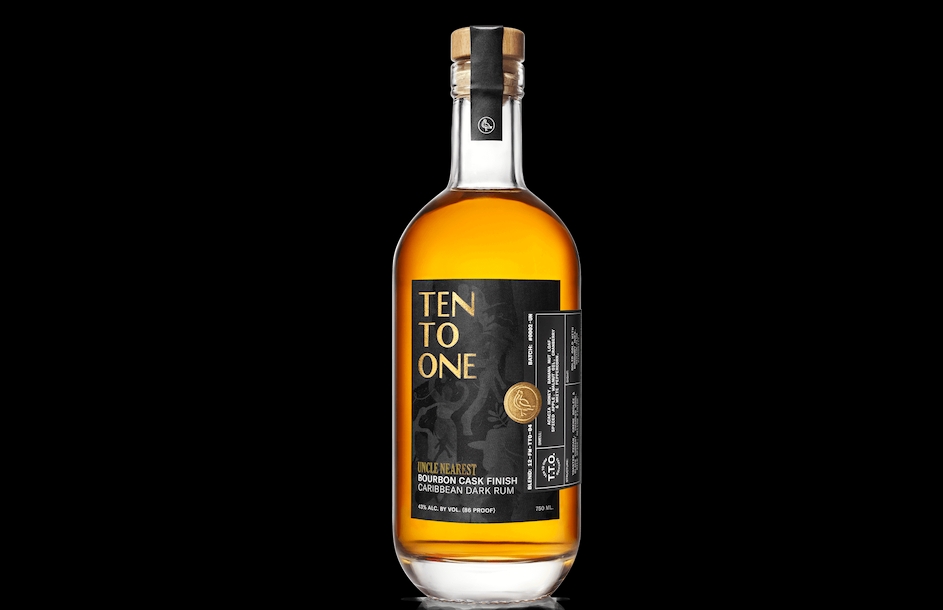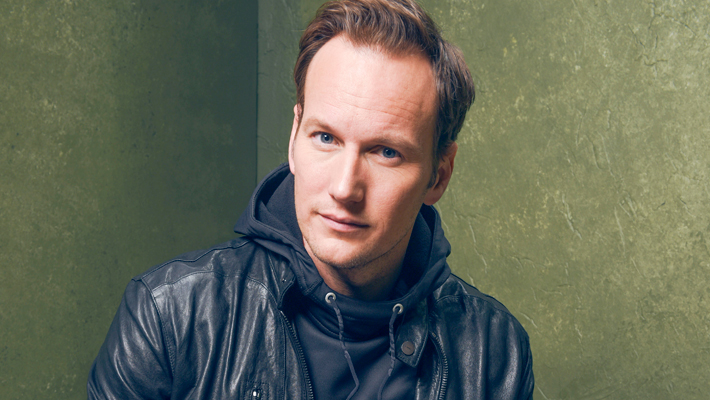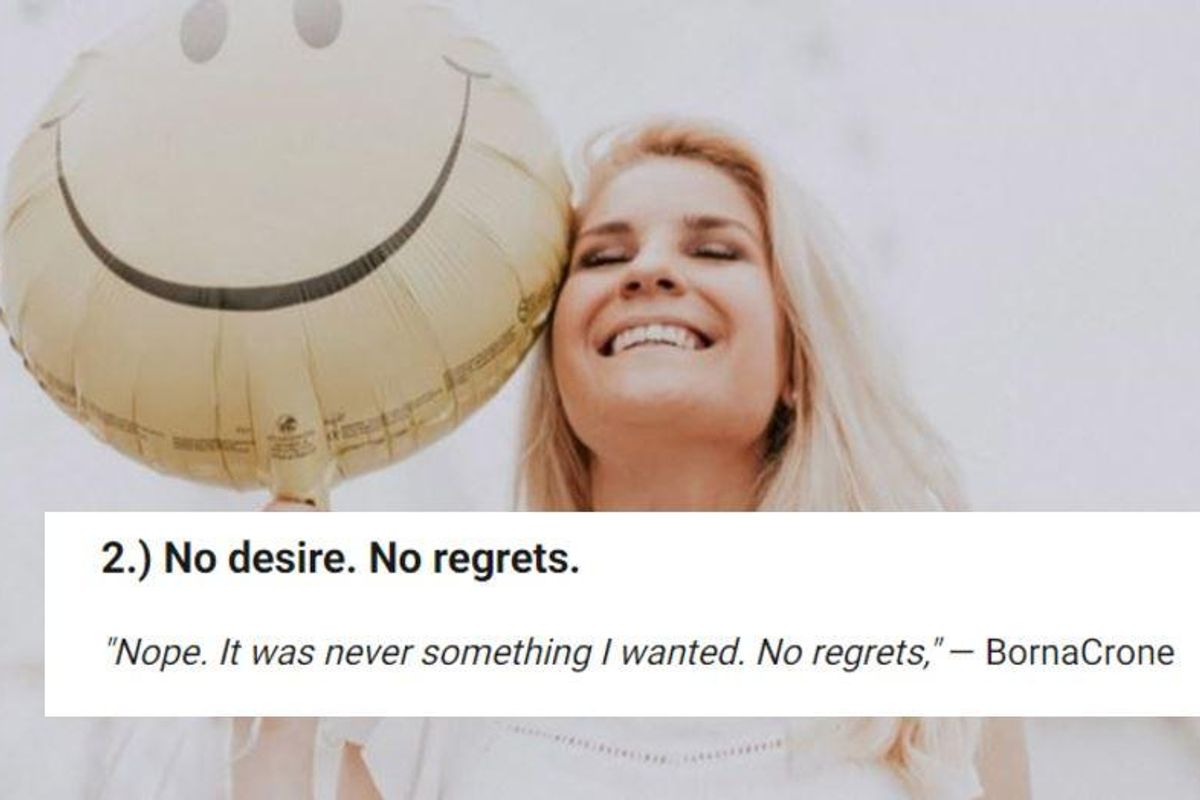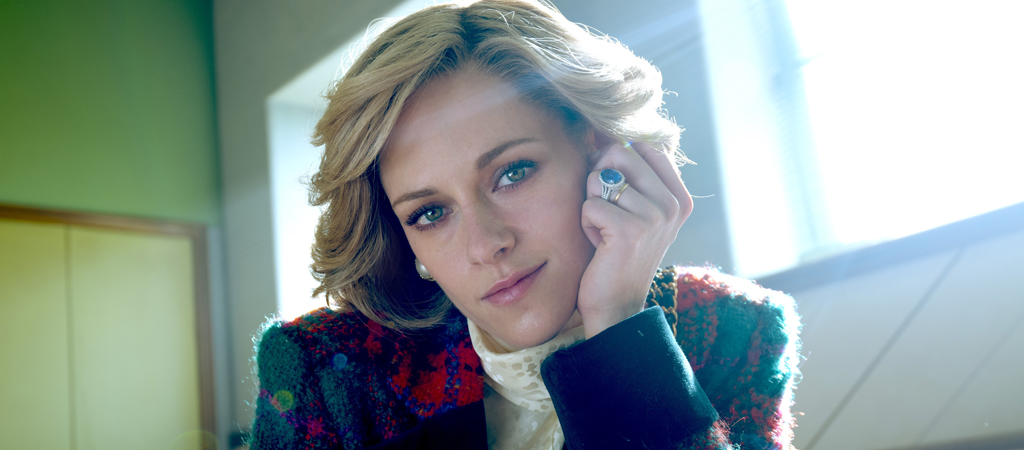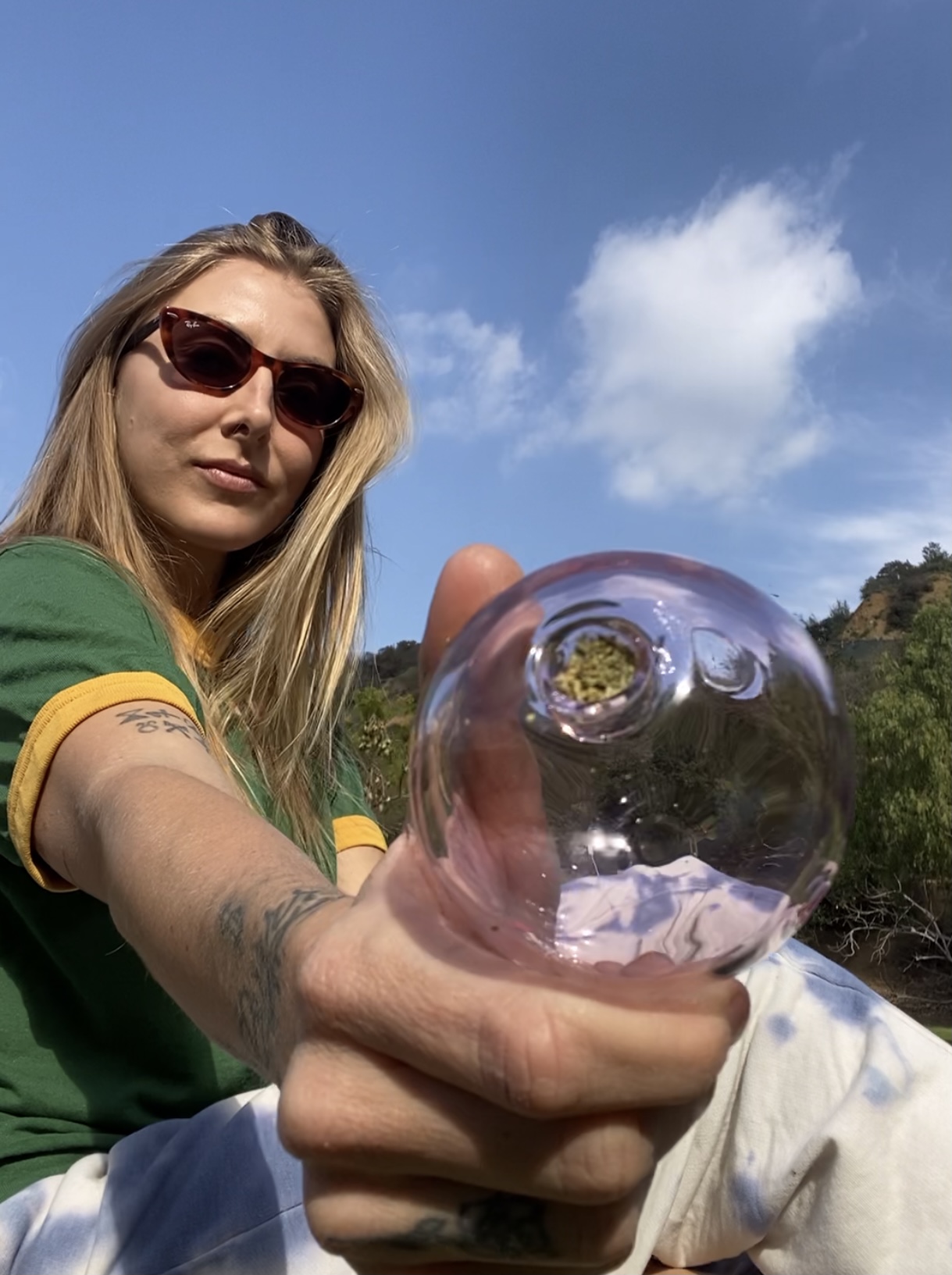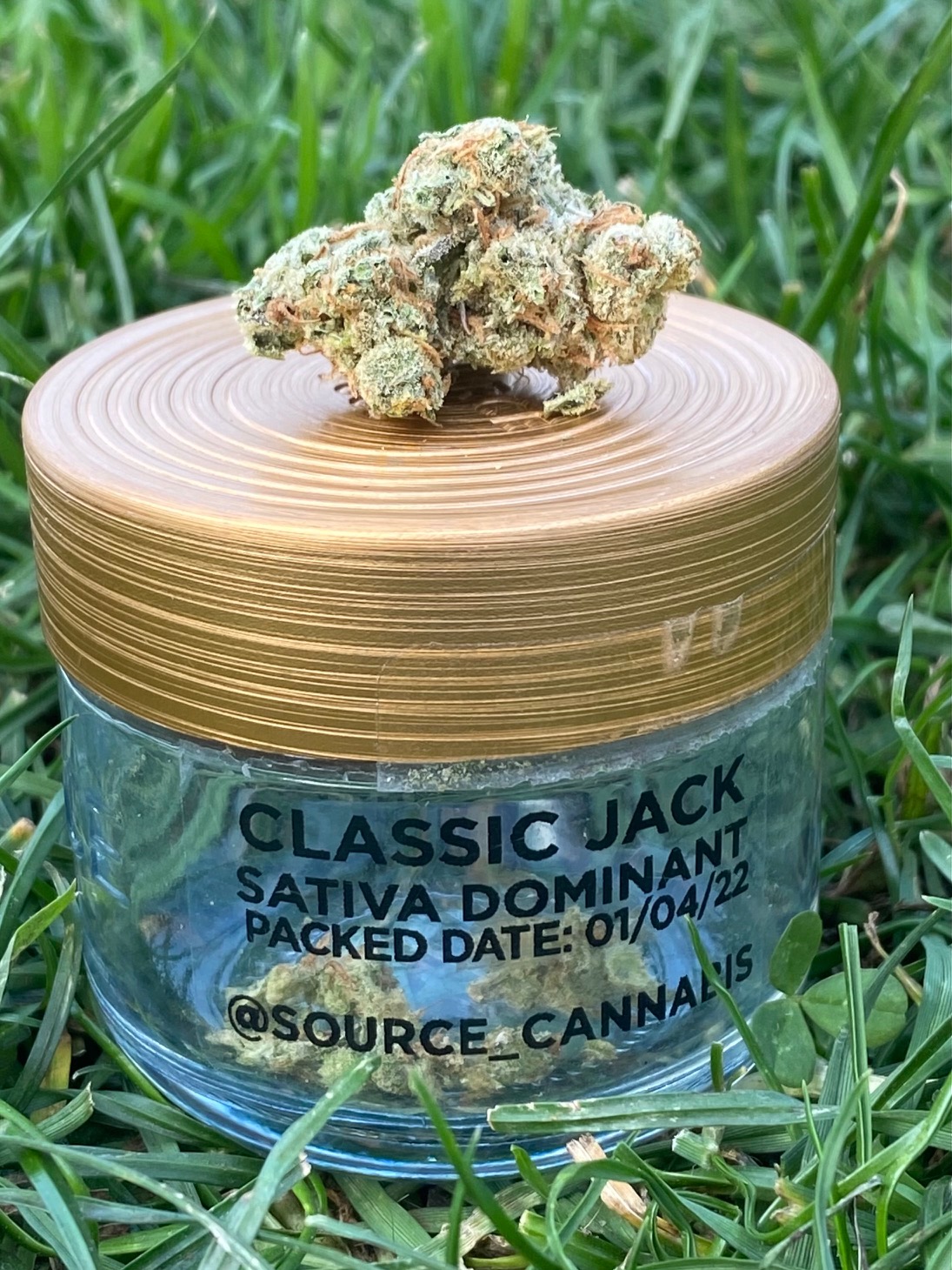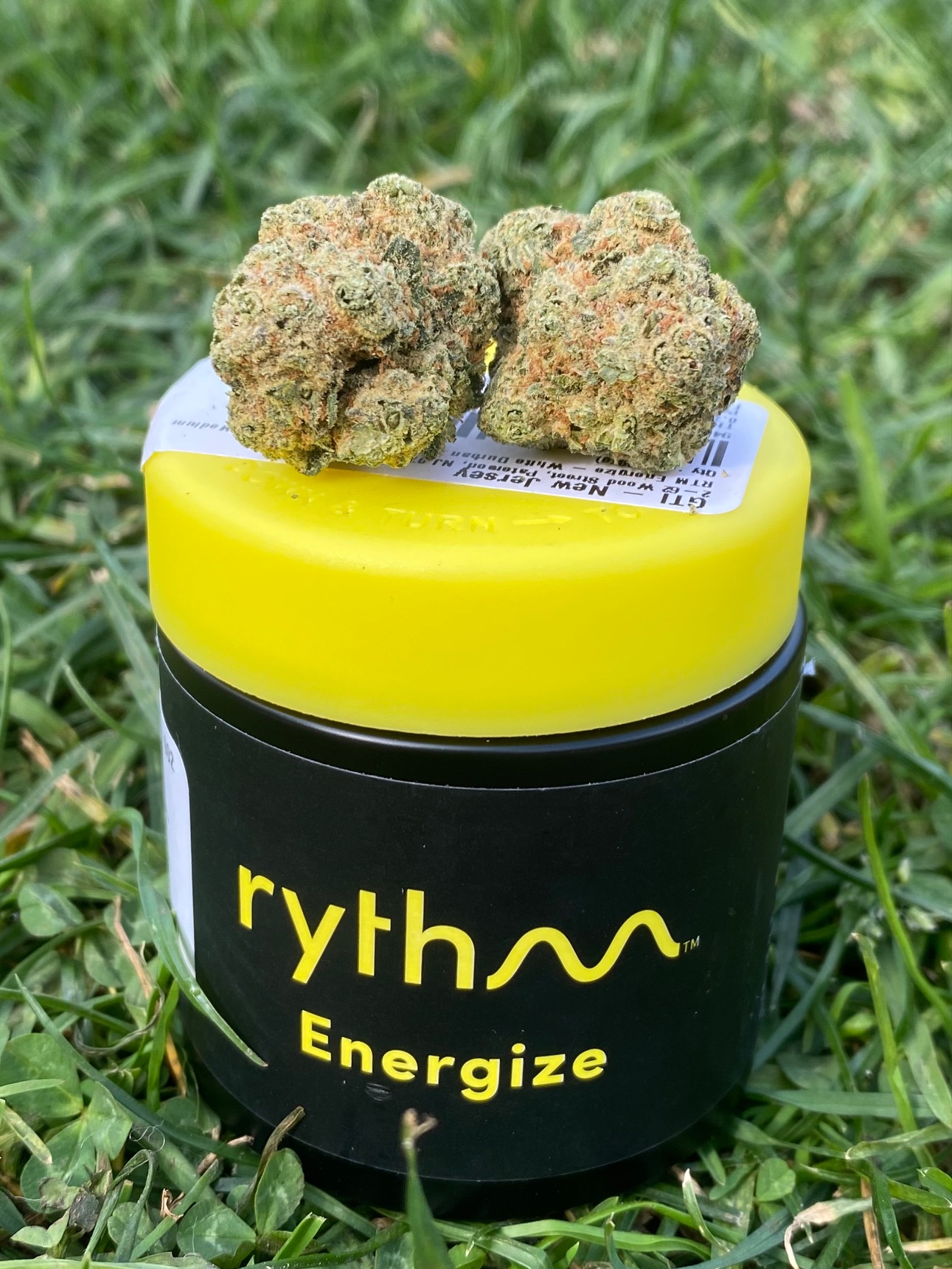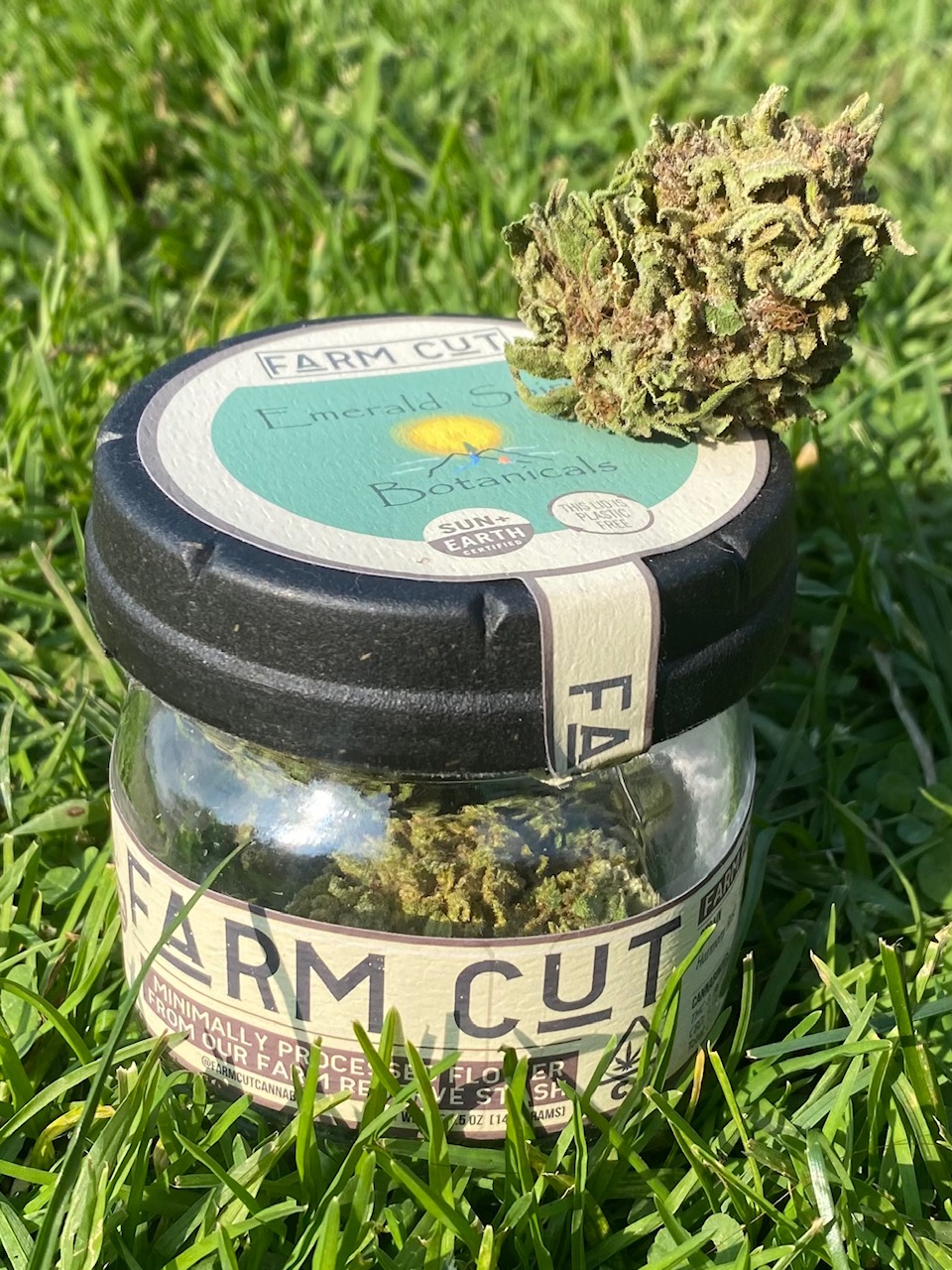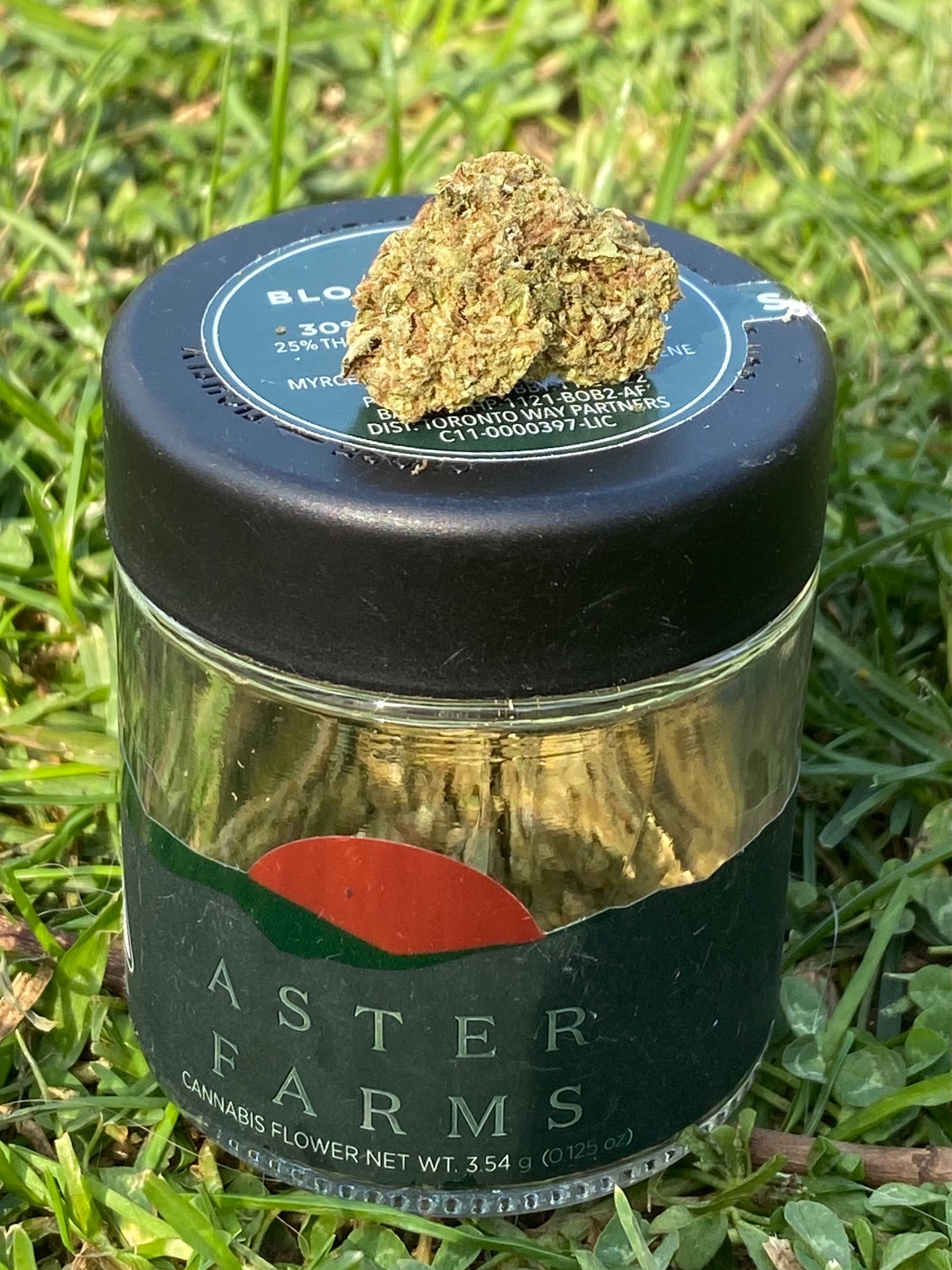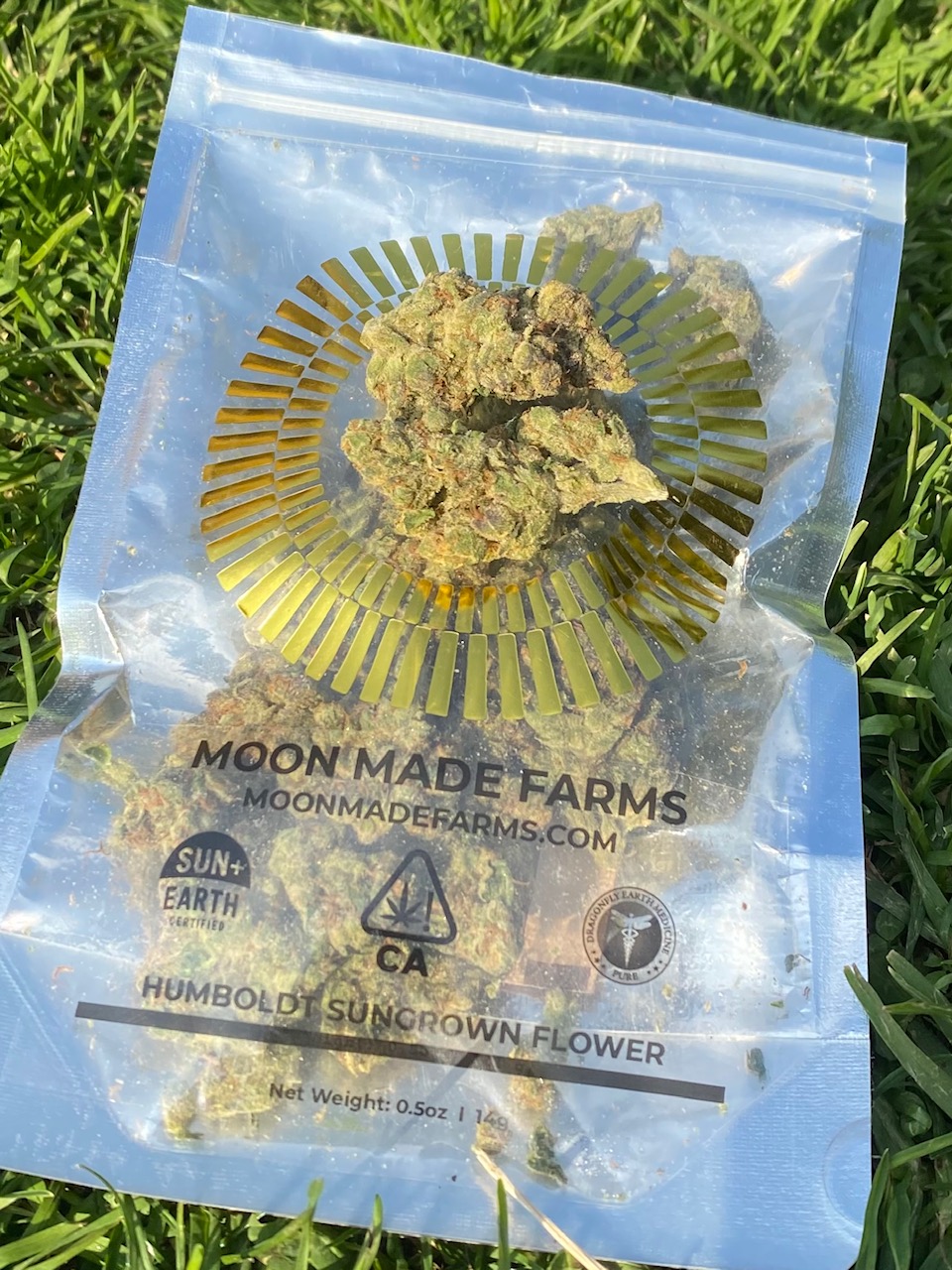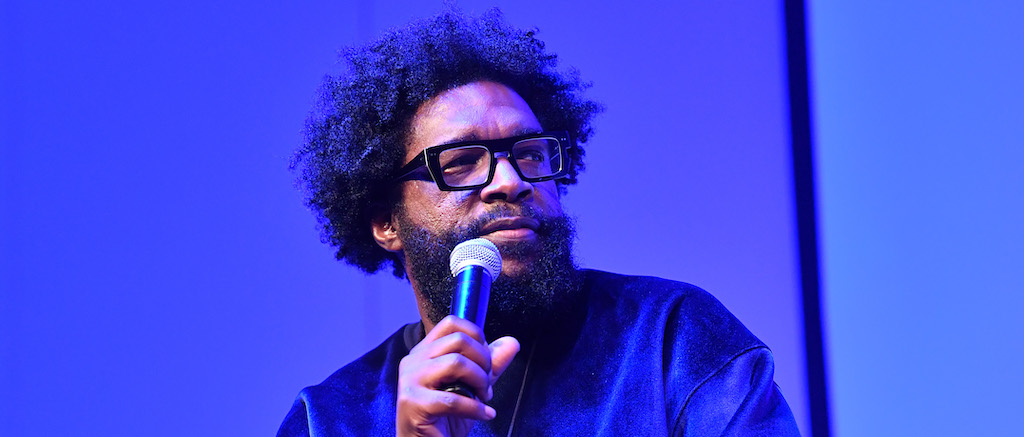
Black Thought once called J Dilla the greatest hip-hop producer of all time but if you asked the average hip-hop fan, they might not be able to name one song the Detroit beatmaker produced. That’s something that’s hard to countenance, let alone, contemplate as a longtime fan of not only hip-hop but of the unique, groundbreaking style that Dilla pioneered.
Enter Dan Charnas. A hip-hop everyman who’s worked in radio and as a label executive (he even produced my beloved Golden Age musical drama, The Breaks, which was gone too soon), Charnas is a veteran of both the culture and the industry of hip-hop whose 2010 book The Big Payback is a vital read for any adherent of either the culture or the industry. In fact, I consider it required reading for any hip-hop journalist and side-eye anyone who tries to write about the business behind the music without reading it.
Charnas’ new book, Dilla Time, seeks to correct the egregious oversight mentioned above regarding the trailblazing producer by not only biographing Dilla’s life and career but also by breaking down the musical science behind his greatest innovation – what Charnas calls “Dilla time.” This is the distinctive time signature of Dilla’s drum programming which backed rap styles like The Pharcyde’s “Runnin’,” A Tribe Called Quest’s “Word Play,” Q-Tip’s solo album Amplified, Common’s Like Water For Chocolate, Slum Village’s Fantastic, Vol. 2, and many, many more pivotal projects from across the hip-hop and neo-soul landscape, as well as inspiring everyone from Pharrell Williams to Kanye West to Drake.
And if that greatly abridged list still doesn’t impress you with the impact that Dilla had on music, consider that you’ve likely heard his innovations without ever knowing it. Anyone who tunes into the Lofi Girl YouTube radio station to bob their head along to “Beats To Study To” is hearing J Dilla. His sound is ubiquitous but has been divorced from his legacy. Dilla Time aims to fix that. During a Zoom call with Charnas, we discussed that titanic but overlooked legacy, the importance of pairing art with science, and why this kind of storytelling is so critical to ensuring the accuracy of hip-hop’s historical record.
Just from jump, that first chapter is enough to tell me that this book is a banger and a half. First of all, any story involving Questlove is going to be good, right? Quest stories are great. The way you preface the story of Dilla Detroit Hip-Hop with this idea of something being wrong is fascinating to me. Why was that where you wanted to start with the story of J Dilla?
Well, that’s where I started, right? The book started that way because in many ways that was my starting point. I went in the summer of 1999 to Detroit for the very first time to work with him. Me and Chino XL flew out. We drove out to Conant Gardens down to The Basement. Dilla is there. You know, Chino puts his arm around me like, “Yo, you don’t understand. This kid. He’s been harassing me to come work with you.” Chino is kind of standing with J by the NPC behind the bar, and I get the nerve to ask “So how do you get your bass tones?”, and Chino is right next to him. Chino says, “Don’t tell him.”
Six months later, I’m back in LA. And of course, we’re mixing the album and my listening environment is my car. So I’m taking the discs or the cassettes out to my car to listen to them just so I can hear how they sound. So Chino had done this song with James called “Don’t Say A Word” and it’s on the album. You can hear it. I’m listening to the track and I’m like, “What’s going on with those drums?” Like, “Are those high hats swung? Something’s wrong here. What’s going on?” So it was that moment I literally took it into my studio and put it up on the digital audio workstation, lined the waveforms up with the grid, and realized the high hats were not swung. They were right on time but they sound swung because he’s shifting the snare earlier. Why is he doing that? How’s he doing that? And so my initial reaction mirrors the reactions of a lot of different folks, and some people say, “It’s wrong but I like it.”
Something that the book does that I think is absolutely spectacular is the diagram representing regular time, swing time, and Dilla time, comparing it to a map of Detroit. Honestly, Dan, that’s Dilla-level thinking.
You needed to see it, right? It’s difficult to write about music well, but I can show you. That is one of the things where it’s like, “a picture is worth a thousand words.” When I first started teaching a little segment on Dilla to my pop music history course, when I first started teaching in 2013, 2014… I teach like a hundred really important key figures in the last a hundred years of pop music. Innovators, influencers… so Dilla was one of them. Mostly because I knew that these kids actually liked this kind of stuff. And I had been sort of secretly pissed for years listening to people described Dilla’s genius as only “he turned off the quantized function.”
So you know, a lot of projects just start with, “Yo, gotta do something about this sh*t.” So that was the beginning of the J Dilla lecture, and then the J Dilla course in 2017. And then after that, I was like, “Alright, I guess I’m going to do this sh*t.” And it really started as a tiny book about musical science. And a colleague of mine had this incredible visual system for representing rhythm that required no musical notation. I want anybody to be able [to grasp the concept].. I mean, that’s what I was trying to do with The Big Payback. I don’t care if it’s hip-hop. It’s a great story, well told. That’s what I’m trying to do. I just want everybody to be able to understand the genius. Even if you don’t know what a breakbeat is. I’m going to tell you what a breakbeat is.
Some of you have seen this symbol on my Twitter page, and on the Dilla Time website. ⁰⁰On the penultimate eve of the release of Dilla Time, it’s time to talk about The Triptych, and what it means… ⁰
THREAD>>> pic.twitter.com/MkNqqn2Qg2
— Dan Charnas (@dancharnas) January 30, 2022
I always ask this because I know that everybody gets bored answering the same questions over and over again, bringing up the same stories over and over again. Is there anything that you’ve ever wanted to talk about in an interview that no one’s ever asked?
I guess the other is that you have to understand that what JD did, his genius was completely unprotected by law. He was a master at sampling. And yet, the legality of master use is such that he could create this amazing piece of art. And if the owners of the master and the owners of the song that was sampled, don’t want to license what he did, he couldn’t put it out.
And it is high time that we develop a compulsory licensing for master use. We have a compulsory license for publishing. In other words, if I write the song and I put it out, “Rocket Man” by Elton John and Bernie Taupin. If Aaron, you want to do your cover version of that — I’m not sure I would buy that cover version — but let’s say you want to put it out, they couldn’t stop you. Nobody could stop you from f*cking up that song because there is something called a compulsory mechanical license that says, “As long as you pay Elton John and Bernie Taupin the statutory rate, Aaron gets to remake ‘Rocket Man.’ And I’m going to expect you to do that version, post it on the internet. But again, what I’m saying is we don’t have a process like that for master use. But we have Shazam.
If nobody takes away anything else, what is the one thing you want people to take away from this book about J Dilla, about music, about hip-hop, about just America?
I don’t know if I can boil it down to one thing, but I will say that the prime directive of this book was to actually explain how this beat maker created a new time feel that didn’t really exist before him. And to say it definitively and to put his name on it, because I saw him becoming a footnote in his accomplishments.
“Lo-fi beats to study to,” and Lord knows they’re everywhere. I was in the office getting my booster shot, in the office, put on the TV, the lo-fi beats and the little girl, bobbing her head. And I was just like, “This is crazy.”
And I don’t even know what that means, because Jay Dee’s stuff…
It wasn’t lo-fi at all.
Donuts, my God, that is incredible sound.
Dilla Time is out now via Macmillan Publishers. You can get it here.


